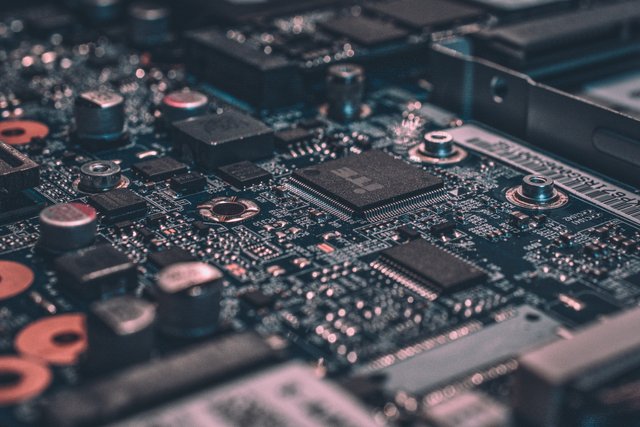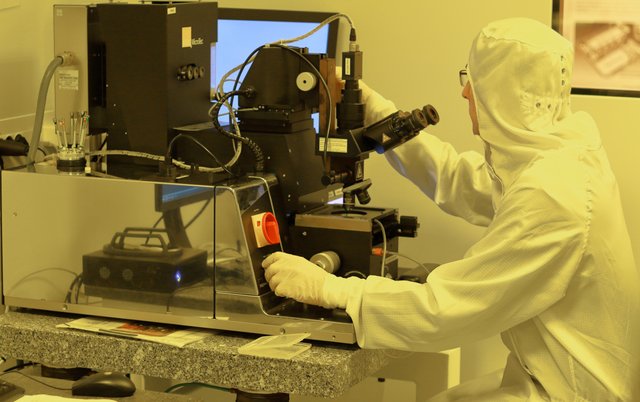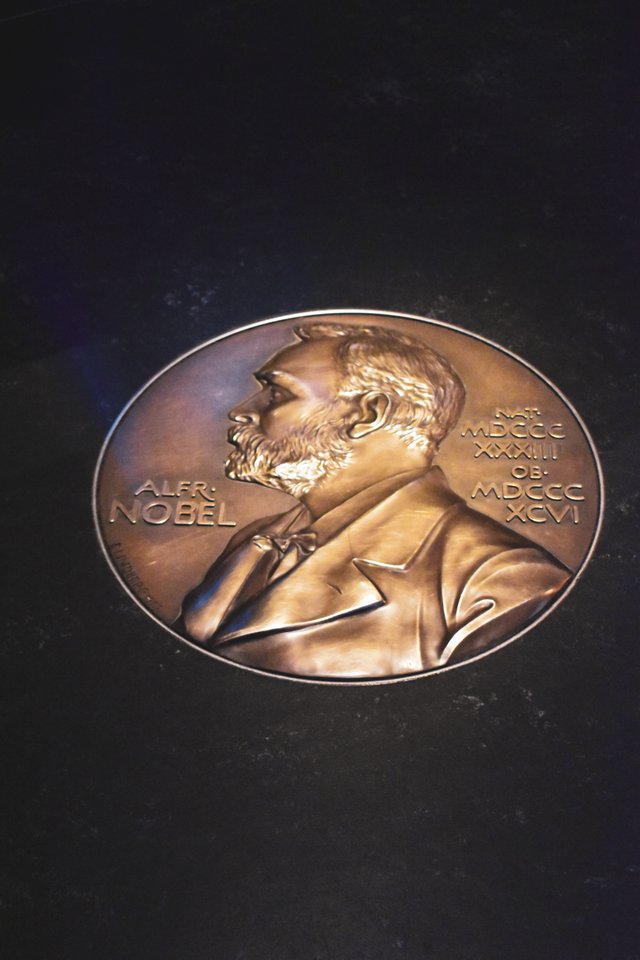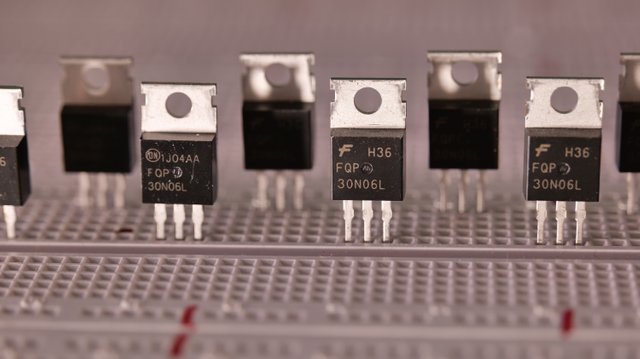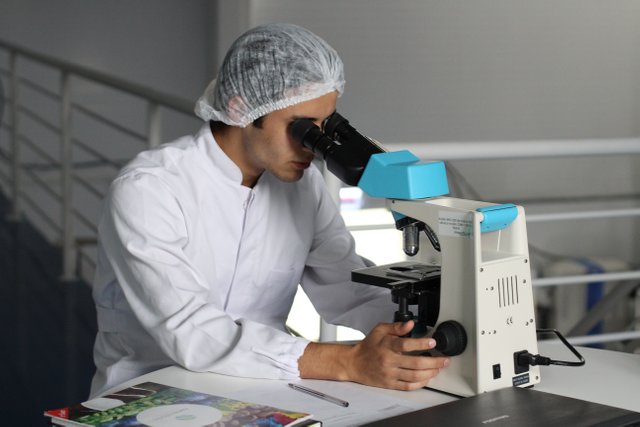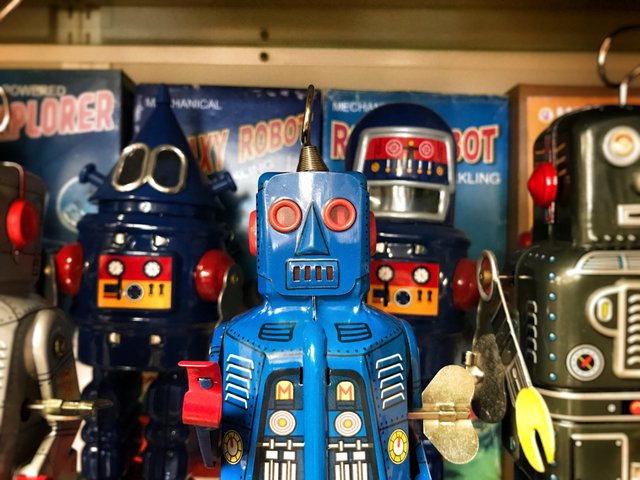🌼Hello #Steemit Stale. How are you all🌼
I am Sabbir Islam. I use the username @mjsabbir on #Steemit.
I am from #Bangladesh 🇧🇩 among you.
The use of nanotechnology opens up hitherto unimaginable possibilities. Everything impossible has not been possible till now, but many things have been made possible through nanotechnology. For example, the first computer made by IBM, Harvard Mark 1, was about 50 feet long and weighed about 5 tons. That is, a computer was equal to a room. But today, we carry more powerful computers in our pockets than IBM computers, which is possible through nanotechnology. We are also enjoying many benefits of nanotechnology without even realizing it.
I'll share some knowledge I have about nanotechnology with you today.
First, let's know what small-scale nano means in nanotechnology.
Every billionth of a meter is a nanometer. You obviously won't be able to adequately express how tiny a nanometer is if you state it this way. Another illustration, please: The diameter of a human hair can only be so many nanometers. A typical human hair has a diameter of 80,000 nanometers. Now you have some idea how small a nanometer is.
Now let's know how such a small-scale technology has become so crucial for people and how it will make our future life more beautiful.
The first person who thought about small-scale technology was Richard Phillips Feynman.
He gave the American Physical Society a thorough explanation of nanotechnology in 1959. His lecture was titled Plenty of Room at the Bottom.
His lecture thoroughly mentioned how we can use and take advantage of nanotechnology.
Later, in 1974, the concept of nanotechnology was again brought forward by Japanese scientist Nario Taniguchi.
However, the concept of nanotechnology took shape in reality in 1981 when the Scanning Tunneling Microscope was developed. Through this, people can see atoms separately. The development of this microscope earned Gerd Binning and Heinrich Rohrer the Physics Nobel Prize.
Generally, work on the 1-100 nanometer scale is considered nanotechnology. Now the question is, is it possible to work on such a small scale that is invisible to the naked eye? The answer is yes; it is possible even though we enjoy various nanotechnology benefits without our knowledge. The cell phone is the best-known illustration of this.
You must be aware that a computer gains power as the number of switches increases. In contemporary computers, transistors serve as switches. But vacuum tube was used as a switch in early computers.
The size of which was huge. Only a few thousand vacuum tubes required an area the size of a room, where 3000 Vacuum tubes mean 3000 bits, which is very, very insignificant for Burman's time. The mobile phones we use in India have hundreds of gigabytes of storage made possible by using transistors made of silicon instead of vacuum tubes as switches.The transistor size of the A15 BIONIC processor in iPhone 13 is only 5 nanometers. This processor has about 15 billion transistors.
Nanotechnology is being used in almost all fields today. Genetically modified crops are being developed using nanotechnology. For example, broccoli is a genetically modified version of cauliflower. Similarly, crop production is being increased using nanotechnology.
The future of medicine is bright, thanks to nanotechnology. It already has a significant impact on the medical sector and has the potential to be used in a wider range of scenarios in the future.
Imagine if, in the future, it were feasible to develop a nanoscale robot or device that could access any portion of the body via the human blood and identify and eliminate the substances that cause cancer or any other issue. If we imagine more fancifully than this, we may hope that nanotechnology will make it feasible to detect the changes in cells that result from human ageing so that individuals can remain as productive as young people in the old life.
This is a visionary thought, but currently, nanotechnology is used in various medical devices, starting from medicine.
For example, materials used in medical fields are kept free of germs through nanoparticles, and nanotechnology is used to manufacture various medicines. Moreover, tiny robots that may not have reached the nano level have been developed, but it has been possible to get very close. Thus, if we can make nano-sized robots, our medical field will change drastically.
Nanotechnology has applications in almost every aspect of our existence. From cooking materials to space research, the contribution of nanotechnology is visible. The sunglasses also use nanotechnology, through which the glass can block blue light UV light. Besides, we are currently seeing foldable displays that also have nanotechnology. In fact, you won't find any field in world where nanotechnology is not used. Nanotechnology is essentially about modifying atoms.
In the future, we may see clothes that do not absorb any dirt or get wet.Despite the fact that it may not appear natural, nanotechnology can make it happen.
Many of you may have heard of carbon nanotubes, which are made from graphene. Even a skinny fibre of this carbon nanotube can't tear through your body with all the force carbon nano is so strong, thin, and electrically conductive. As a result, the dream of a space elevator may become a reality through carbon nanotubes in the future.
Clean water is a major issue in the modern world. Nanotechnology is being used to develop nanoparticles that will eliminate the pollutants that harm water. In addition, nanotechnology is being used to address the carbon dioxide issue. In such instances, the nanoparticles will take in the atmospheric carbon dioxide.
Nanotechnology is trying to create a type of paint that can generate electricity through sunlight if you use it in your home. We are always discovering new things about emerging technology. All these technologies are using nanotechnology, and in the future, all technologies will be based on nanotechnology, through which what seems like a dream now will become a reality.
